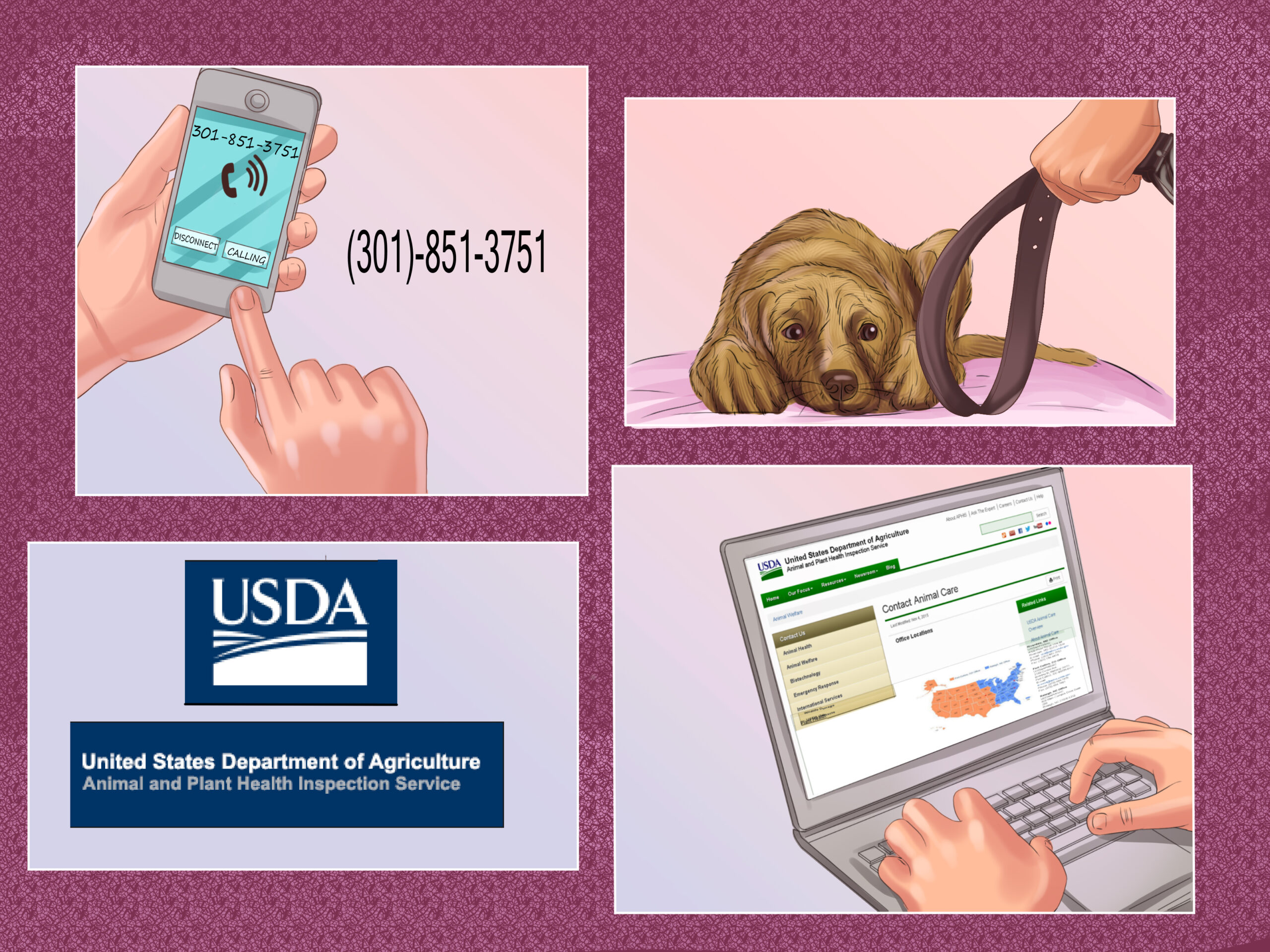Animal cruelty is a pressing issue that demands prompt and decisive action. In many communities, individuals may encounter situations where they suspect animal abuse or neglect but are unsure of how to appropriately intervene. Understanding how to report animal abuse effectively is crucial to ensuring the safety and well-being of these vulnerable beings. This article delineates the steps that individuals can take to report animal abuse in a manner that is both effective and responsible.
Recognizing Signs of Animal Abuse
The first step in addressing animal cruelty is recognizing the signs that indicate an animal may be suffering. Common indicators include visible injuries, such as wounds or bruises, malnutrition evident by the animal’s body condition, lack of adequate shelter, and abnormal behavior such as aggression or fearfulness. Observing an animal in distress is not merely an emotional reaction; it is a clarion call to action. If you suspect abuse, it is imperative to document your observations meticulously.
Documenting Evidence
Evidence gathering is a paramount step when reporting animal cruelty. Individuals should take photographs of the animal, the environment in which it is kept, and any visible signs of neglect or abuse. Dates and times should be noted, along with a detailed account of what was witnessed. If possible, gather eyewitness accounts from other individuals who have observed the same conditions or abuse. This comprehensive dossier not only strengthens a report but also provides law enforcement or animal welfare agencies with critical contextual information.
Identifying the Appropriate Authority
Once you have compiled your evidence, the next crucial step is identifying the correct authority to report the abuse. This might vary depending on your locality. In the United States, there are several bodies to consider: local animal control, humane societies, or sheriff’s departments. Some regions have specific animal welfare organizations with dedicated officers for investigating such cases. Research local laws regarding animal cruelty, as these differ from state to state, and understand the protocols to follow. Contact details for these entities can usually be found easily online, ensuring that the reporting process is as seamless as possible.
Making the Report
When reporting animal abuse, it is important to convey your findings succinctly and clearly. Begin with the most critical information: what you observed, where it occurred, and when it happened. Present your evidence calmly and objectively, clearly differentiating between your personal opinions and the facts. Ensure that you provide your contact information, even if you wish to remain anonymous. In some cases, agencies may require follow-up contact for further clarification. Keep a record of your report—note the time and date you filed it, the name of the person you spoke with, and any case numbers assigned.
Understanding the Follow-Up Process
After reporting the case, understanding the follow-up process is vital. In many instances, animal control or relevant authorities will conduct their investigations. It is important to realize, however, that the pace of such investigations can vary greatly. Some reports may be acted upon immediately, while others may take time due to resource constraints or prioritization of more urgent cases. If no action appears to be taken after a reasonable amount of time, it is appropriate to reach out to the agency for an update. Persistent inquiries can play a crucial role in keeping the case on their radar.
Community Involvement and Education
Beyond reporting suspected abuse, educating oneself and the community about animal rights and welfare is essential. Engage in community discussions, attend local town hall meetings, and seek volunteer opportunities with animal welfare organizations. Awareness and education can lead to a more vigilant community, thereby reducing the instances of cruelty and neglect. By fostering discussion, community members can support each other in recognizing and addressing these issues effectively.
The Role of Social Media
Modern technology, particularly social media, plays a pivotal role in animal welfare advocacy. If local authorities do not respond adequately to a reported case of cruelty, consider taking to social media as a last resort to bring attention to the situation. Be mindful, however; responsible sharing is crucial. Providing too much sensitive information or violating privacy can inadvertently undermine a case. Instead, disseminate your documentation and findings in a manner that emphasizes the urgency of the situation without compromising integrity.
Understanding Legal Protections for Whistleblowers
Many jurisdictions provide legal protections for individuals who report suspected animal abuse. Familiarizing oneself with these laws can provide peace of mind to those fearful of retaliation. Know your rights and the protections available, as they vary across states. It is essential to create an environment where individuals feel safe reporting abuse without fear of retribution, thereby enhancing the chances of effective intervention.
Advocacy for Stricter Laws
Finally, engaging in advocacy for stricter animal welfare laws can contribute to long-term solutions. Participate in local campaigns aimed at strengthening laws against animal cruelty. Collaborate with advocates and policymakers to push for change on systemic levels. This kind of engagement not only affects current cases of abuse but can also prevent future incidents by establishing a cultural norm where animal welfare is respected and prioritized.
In conclusion, reporting animal abuse is a multifaceted process that requires vigilance, thoroughness, and community involvement. By understanding how to identify, document, and report abuse accurately, individuals can orchestrate effective responses to this pervasive issue. It is a civic responsibility to ensure that the voiceless are heard, and by taking informed and decisive action, we can contribute to a world where animals are treated with the dignity they deserve.










